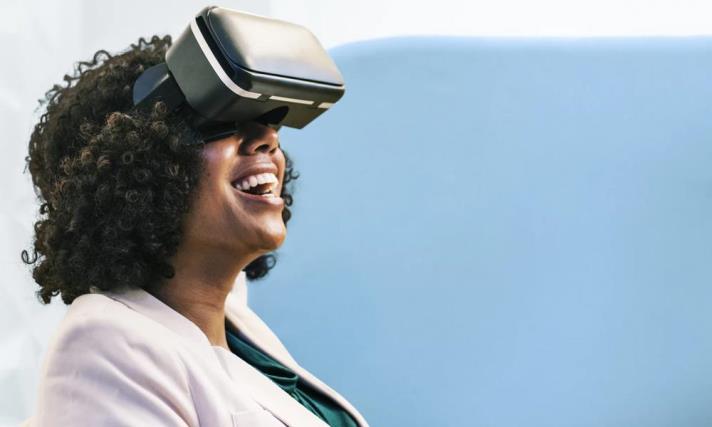Employee experience and job knowledge are important if you’re looking to retain your best employees. Interactive technologies, like augmented reality (AR) and interactive screens, are fast becoming ways to increase peer learning and engagement in the workplace. Here’s how you can use them to keep your best people on board, sharing their knowledge with others.
Install interactive screens
Staring at a flat PowerPoint stuffed with data won’t keep employees engaged. Interactive touch-screen digital technologies give the presenter and audience the chance to interact with the content of the presentation to bring their specialism to life.
They also help to foster a culture of creativity and collaboration. Employees can share ideas at a touch of a button between teams and can edit documents with a digital pen by using a finger or stylus. This way of working means that you can draw on your organisation’s wide expertise to deliver an inspiring presentation or programme.
Consider the power of AR and VR
If you have the budget for it, investing in Augmented Reality and Virtual Reality technologies can elevate your peer learning to the next level. In particular, visual industries such as product design or architecture could benefit greatly. When discussing a design, VR can enable your employees to walk through the design or use AR to see how a product will fit in a particular space.
A major benefit of this type of technology is that it can used to deliver training in industries where it can either be dangerous or expensive. We’re already seeing VR and AR used in fields such as manufacturing, aerospace, defense and more. In science, students can carry out experiments in virtual laboratories before attempting the real thing. Likewise, medical students can practise surgeries in virtual operating theatres before moving on to patients.
Whatever your industry, participants can ask questions in real time or halt the virtual session to talk through the content. It also makes autonomous learning easier, so employees can brush up on modules or scenarios outside of the workplace.
Make the most of hand-held devices
Using tablets in the workplace has been shown to improve productivity, streamline business processes and positively impact on employee satisfaction. They’re also a great tool for learning. Employees can create their own teaching materials, such as videos, webinars or even interactive courses to share with their colleagues. Portability means that you can get together, bringing what you’ve learned, and share it with your peers. You can easily ‘airdrop’ presentations or videos to a projector for group learning sessions.
Tablets are more cost-efficient than supplying every employee with a laptop, and BYOD (bring your own device) schemes are becoming more common. Just ensure that you think carefully about how you will keep your company information secure.
Used in the right way, interactive, smart technology can bring your employees and their expertise together. Looking to the future, we could see virtual reality training sessions for large, international businesses. Colleague-led learning is no longer an arduous PowerPoint shared over dry sandwiches at lunch. It’s a cross-office, interdepartmental, interactive experience that will give your workforce a competitive edge.











